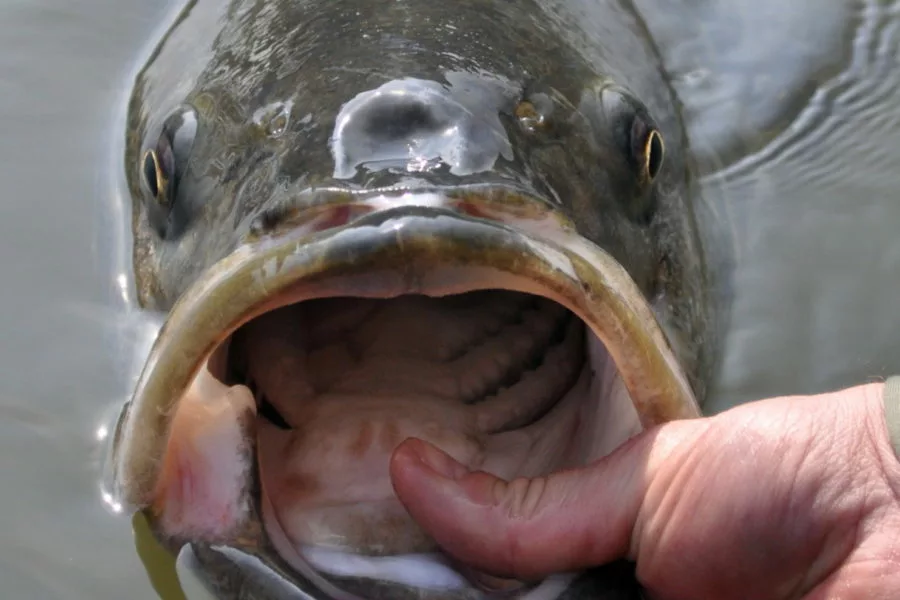Your Cart

ASMFC managers reject moving the goal posts for striped bass management.
During last week’s spring meeting of the Atlantic States Marine Fisheries Commission (ASMFC), striped bass managers took important steps to continue the development of the next chapter of striped bass management in draft Amendment 7. After a statement of concern and a call for action by ASMFC Chairman Patrick Keliher (Maine), managers went to work reviewing public comments on each component of the draft Amendment. One by one, the Striped Bass Management Board debated the merits and value of the numerous topics under consideration and acted in a manner largely consistent with public sentiment.
In a pivotal move, the Board elected to remove changing the Biological Reference Points (BRPs) from consideration. BRP’s are the goalposts we use to measure the health of the stock. One set tells managers how much spawning stock biomass is necessary to maintain a healthy stock and the other tells managers how many fish can be removed without harming the stock.
“While my fellow Maryland representatives did not support the actions to maintain our current goals and not lot lower reference points, I was pleased to see that the majority of Board members recognize the value in not lowering our expectations of the fishery,” said David Sikorski, CCA Maryland Executive Director and ongoing legislative proxy for Maryland’s ASMFC delegation.
The motion to remove a change of BRP was made by Sikorski and seconded by Megan Ware (Maine) and passed 10-6.
“Anglers and CCA leaders have sounded the on-water alarm for years that striped bass stocks have been declining,” said Richen Brame, CCA’s Atlantic Coast Fisheries Director. “Striped bass have suffered through a decade or more years of mostly below average recruitment, and now is the time for decisive action to properly constrain fishing mortality to meet the goals of a more abundant and healthier fishery.”
Ultimately, the Board decided to focus on changes to four key management categories that will be further developed by the Plan Development Team: recreational release mortality, conservation equivalency, management triggers, and actions to protect the 2015 year class, a cohort that is estimated to be the last decade’s second most abundant year of fish.
Fishery goals and objectives, biological reference points, stock rebuilding target & schedule, regional management, recreational accountability, and a coastal commercial reallocation of quota will not be considered in this action.
For further information on this important action visit ccamd.org/striped-bass.
